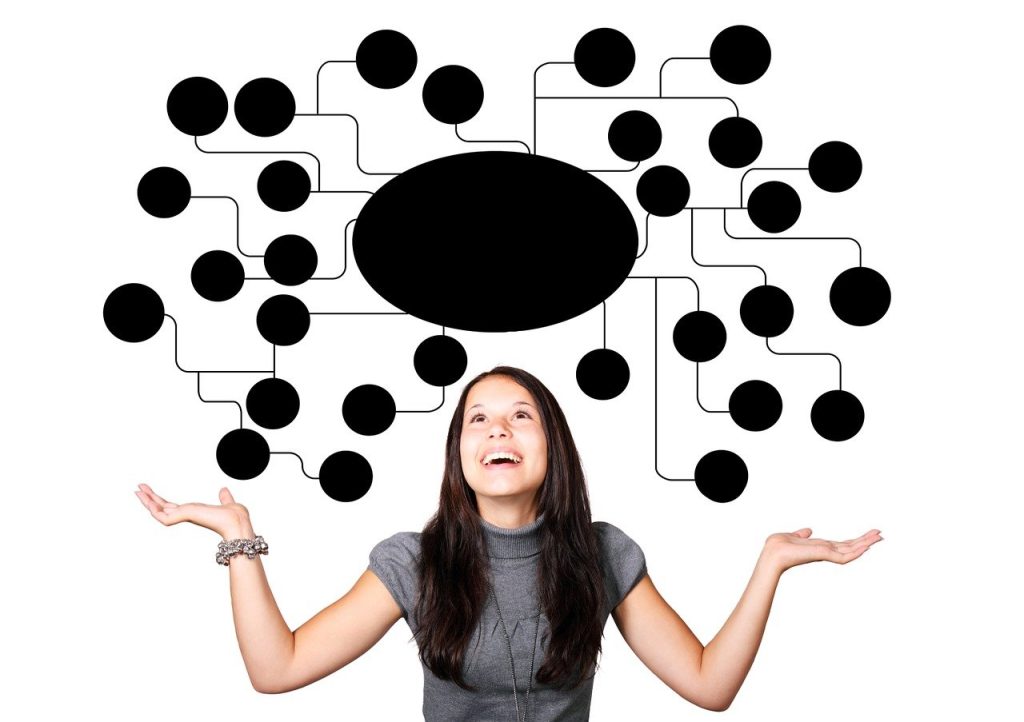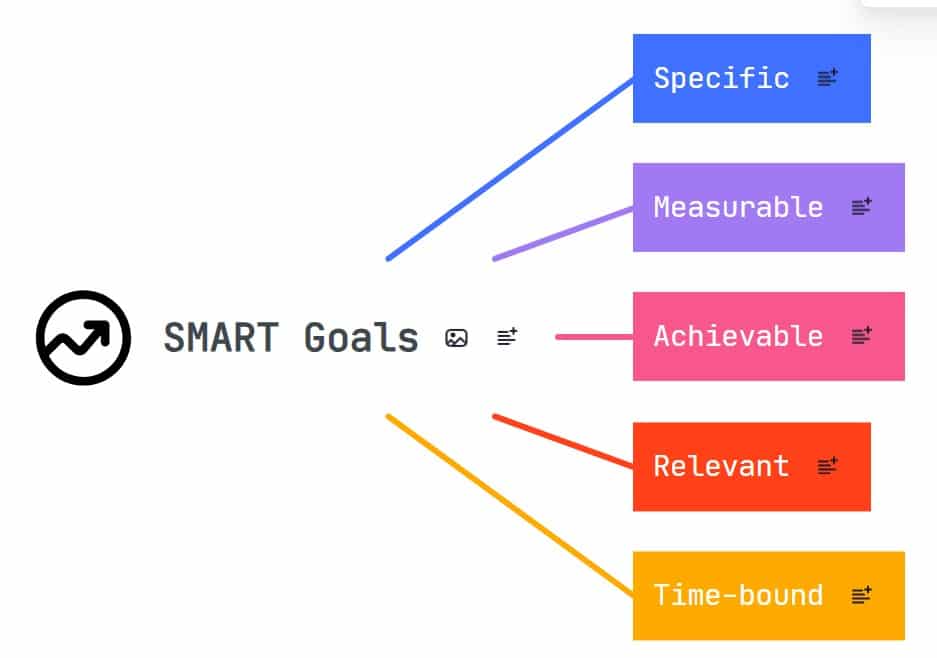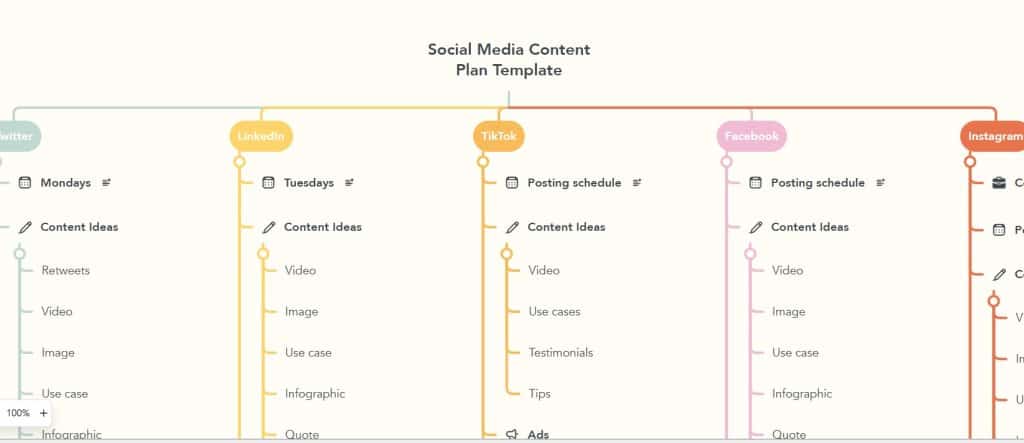Do you ever feel overwhelmed by the many ideas in your head? Or, by the long to-do list staring at you? That’s where mind mapping comes in. It’s a creative, structured way to organize your thoughts.

Use it to tackle big projects and plan with purpose. Or use it to brainstorm creative ideas and make connections. Today will explore mind mapping. It’s a powerful tool. It can break down your goals, streamline your planning, and boost your productivity. This method is your secret weapon for easy, masterful planning.
Understanding Mind Mapping
Mind mapping is more than a simple diagram. It’s a great way to visualize and arrange your thoughts. It’s a must-have tool for planning and creativity. But how did this concept come to be, and how exactly does it work when you sit down to create one?
Definition and Origin
Mind mapping dates back decades. British author Tony Buzan popularized it in the 1970s. A mind map is a diagram. It shows concepts and tasks from a central idea. It uses associations to organize information. This mirrors how our brains naturally think. It’s a tool that takes the chaos of thoughts and arranges them into a structured, visual format.
How Mind Mapping Works
At its core, a mind map begins with a central idea. This is the focal point from which all thoughts stem. Branches radiate from a core. Each branch represents a thought, task, or concept related to that theme. These branches can further split into sub-branches, adding layers of depth.
Mind Mapping Structure:
- Central Idea: Begin with a singular, central idea that the map revolves around. This could be a question, project goal, or key topic.
- Branches: From the center, draw branches for main ideas. They must link to the central theme.
- Connections are the fibers that weave your thoughts together. They let you see the links between different branches.
This visual format helps with planning. It also boosts memory and creativity. The colorful, non-linear format aligns with the brain’s natural functi creative manner. For detailed insights on how mind maps are constructed, check out this guide.

With this knowledge, you can better use mind mapping in your planning. Mind mapping offers a clear path for new projects or complex ideas.
Benefits of Mind Mapping for Planning
Mind mapping can be a powerful ally for anyone who wants to improve their planning process. Think of it as a visual roadmap that transforms ideas into structured pathways. From enhancing clarity to boosting creativity, mind mapping redefines the way we plan. Let’s explore how this technique can elevate your planning game.
Enhanced Clarity and Focus
A primary benefit of mind mapping is its ability to bring clarity to complex ideas. Imagine seeing all your thoughts and goals before you. You could recognize the connections and focus on them with little effort. Mind maps function as both a tool and a guide, helping you stay focused on key objectives. Visual organization of thoughts minimizes distractions. It prevents getting lost in a sea of information.
- Mind maps visually group related ideas. This makes it easy to spot gaps or redundancies.
- Priority Spotlight: You can emphasize important elements to align focus with planning goals.
Discover the science-backed benefits of clarity through mind mapping here.
Boosted Creativity and Idea Generation
Mind mapping encourages you to think outside the box. By breaking free from linear thinking, it creates a space where creativity can thrive. Each branch represents an opportunity to explore new angles and solutions. The colorful, non-linear approach sparks innovation. It creates unexpected connections between ideas.
- Color and imagery engage the brain’s creativity. They unveil hidden potential.
- Associative Exploration: Linking ideas in a web of connections fosters innovative thought patterns.
Learn how mind maps boost creativity and lead to new ideas in planning.

Improved Memory Retention
Mind maps aren’t just pretty; they’re great for memory. They engage both sides of the brain—logical and creative. This makes learning and recalling info more natural. Creating connections between different pieces of information helps to remember them. It makes it easier to access the data later.
Discover how mind mapping can enhance your memory retention and learning process here.
Mind mapping is more than just drawing lines and circles. It is about creating pathways that connect, clarify, and improve planning. These techniques can change how you structure and organize information. They will lead to better planning outcomes.
Practical Applications of Mind Mapping
Mind mapping isn’t just a creative brainstorming exercise. It’s a tool that can be used in many planning processes. Use visuals to simplify complex information. It will help you manage your projects, goals, and events. Here’s how mind mapping can transform the planning landscape.
Goal Setting
Mind maps aren’t just for big projects. They’re also great for setting personal and professional goals. They provide a flexible way to break goals into achievable steps. It helps to have a breakdown visually. Using a mind map to split large goals into smaller tasks helps keep you motivated and on track.
This is a template from Mindmeister how you can set goals in the SMART goals framework digitally:

And It also makes it easier to see your progress. You can look at an image to see how you are doing and then adjust your plans. Your brain responds to the image faster than interpreting your words and written notes.
Learn more about setting SMART goals with mind mapping here.
Event Planning
Having a picture helps with this. It also helps with having a timeline to map out all the steps and deadlines. This will give you a timeline and map out the steps to keep preparation on the right track.
If you’re planning an event, see how a mind map can make the process smooth and efficient with this guide.
By adopting mind mapping into your planning toolkit, you gain an advantage in organizing and executing plans more efficiently. Whether it’s for projects, personal goals, or events, the visual clarity offered by mind maps can lead to greater success in every aspect of planning.
Tools for Mind Mapping
When it comes to mind mapping, the right tools can make all the difference helping you develop your plans. Both methods have unique advantages. Digital offers speed. Pen and paper provide a satisfying tactile experience.
Digital Mind Mapping Software
Digital tools provide a flexible way to mind map. They allow for easy edits and collaboration. Of the many software options, a few stand out. They are easy to use and have powerful features.
- MindMeister: MindMeister has a user-friendly interface. It lets you create detailed mind maps easily. It’s perfect for teams, enabling real-time collaboration and sharing amongst users. You can explore MindMeister features to see if it matches your needs.
- XMind: XMind is a great tool for both Mac and Windows users. It has many themes and layouts to improve your planning. It’s a popular choice for its simple, effective, versatile mind mapping. Check out this list of top software for more options.
- Mindomo and MindManager: These tools have features that integrate with other productivity software. So, they are suitable for complex project planning. For a more detailed comparison, visit this resource.
Need help planning your social media content? Mindmeister has a template for that as well.

Hand-drawn Mind Maps
Hand-drawn mind maps provide a unique sense of satisfaction. Drawing engages the touch sense. It connects us more to the content. This strengthens brain pathways and improves memory.
- Benefits: Hand-drawn mind maps add a personal touch. They can help you connect more with the material. Research shows it also reduces distraction. It creates a focused space for contemplation and creativity. Discover more on why hand-drawn mind maps benefit your planning here.
- Tips for Effective Sketching:
- Start with a Central Idea: Put your main idea at the top of the page to show your theme.
- Branch Out: Use branches to represent main ideas related to your central concept. This mimics natural thought processes and helps identify key areas to focus on.
- Use Colors and Images: Use different colors and images to show different ideas. This can aid memorization and make the map more engaging.
- Personal Experience: Hand-drawing can sometimes yield unexpected insights. The process itself can reveal connections you might not see when using digital tools.
Mind mapping isn’t just a tool. It’s a game-changer for organizing your thoughts and ideas. It helps you stay on track and brings your ideas to life. This method is a flexible, visual way to map your success. Use it to plan a project, brainstorm content, or set long-term goals. The best part? You can adapt it to suit your unique style and needs.
Now it’s your turn! Grab a notebook or try a digital tool, and start your own mind map today. Experiment with layouts, colors, and connections—let your creativity flow. You may find a whole new way of working and creating. Share your mind mapping experience in the comments or tag me on social media. I’d love to see how you’re using this technique to master your goals!